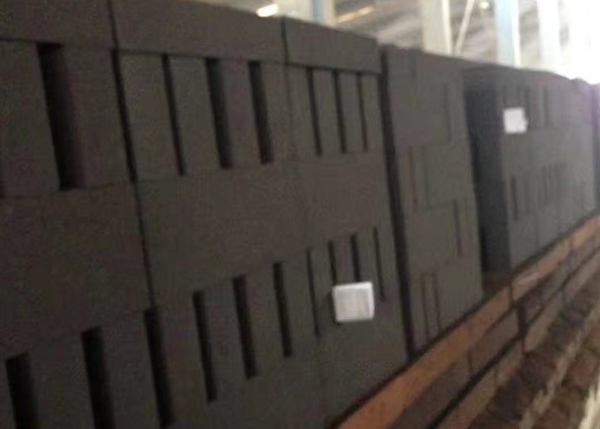Welcome to the official website of Yingkou South Building Dongtai Refractory Company!
Welcome to the official website of Yingkou South Building Dongtai Refractory Company!
Contact:Manager Liu
phone:+86 13840777765
address:China Liaoning Yingkou City Nanlou Dongtai Refractory Co., Ltd.
Website : en.ykdtnh.com
URL:www.ykdtnh.com
Magnesia brick is an alkaline refractory material with magnesia content above 90% and magnesia brick as the main crystal phase. Generally, it can be divided into two categories: sintered magnesia brick (also known as burnt magnesia brick) and chemically combined magnesia brick (also known as non-burned magnesia brick). Magnesia fire mud, magnesium brick with high purity and high firing temperature, is called direct combination of magnesia brick due to the direct contact of the magnesite crystal grain; the brick made of fused magnesia is called fused and recombined magnesia brick. It is suitable for large and medium-sized lime kiln such as rotary kiln, sleeve kiln and shaft kiln. Magnesia brick has the advantages of strong resistance to alkaline corrosion, strong anti-scour ability, good thermal stability, high compressive strength and high load softening temperature. The burnt magnesia brick is made of high-quality sintered magnesia as the main raw material, and the pulp is used as the binder. After kneading and high pressure molding, it is fired in a high temperature tunnel kiln at 1550 ° C or higher. Has good thermal stability, erosion resistance and flaking resistance. It is widely used in industrial furnaces such as converters and electric arc furnaces as lining refractory materials.
The fused magnesia brick has the advantages of compact brick structure, high mechanical strength and low impurity content. It is mainly used for heat storage dense refractory bricks of large glass kiln. The refractory material has certain shape and size. The unit volume and weight are large, indicating dense. Goodness, the strength may be high, also called the high temperature load to start the deformation temperature, called the reheating line change or the residual line change, refers to the change of volume expansion and contraction in the same temperature change each time, high temperature resistance, about 1800 degrees, load The softening temperature is 1620-1640, and the coefficient of thermal expansion is small.

Dense refractory brick is a kind of siliceous clay rich in hydrated aluminum silicate. It has no deformation and cracking at high temperature.
The ability to not soften and not paste, refractory bricks in the amorphous material sector, there are a variety of product consumption, the basic quality requirements are alumina higher than 38% and low iron low alkali metal content, these products can not be calcined or calcined Such as refractory clay, plastic materials for overload, high alumina plastics, refractory clay and high alumina castables.
Unburned alumina-ma-gnesia brick for ladle refers to a non-fired refractory product used for lining bricks made of bauxite clinker and magnesia. With the development of new steelmaking technologies such as oxygen blowing in converters, continuous casting and refining outside the furnace, the increase in molten steel temperature and the prolonged residence time in the ladle make the conditions of the lining of Shenggang barrels harsh, resulting in clay-lined bricks. The erosion is severe, and the use of the lining brick has a good effect. The unburned alumina-ma-gnesia brick for ladle is made of aluminum bauxite clinker and magnesia. Non-fired refractory products for lining bricks. With the development of new steelmaking technologies such as oxygen blowing in converters, continuous casting and refining outside the furnace, the increase in molten steel temperature and the prolonged residence time in the ladle make the conditions of the lining of Shenggang barrels harsh, resulting in clay-lined bricks. The erosion is serious, and the use of the lining brick has a good effect.